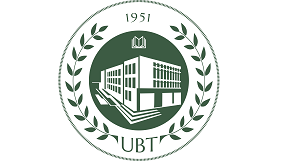ILIRIAN POSTOLI, FATMIRA SHEHU
Phd Student
Department of Veterinary Public Health, Faculty of Veterinary Medicine, AUT
*Corresponding author; E-mail: ipostoli@yahoo.com
[gview file=”http://ajas.inovacion.al/wp-content/uploads/2017/12/postoli_shehu.pdf”]
Abstract
Microbiological hygiene in food production and processing aims to protect the consumer from pathogenic agents and assure food quality. Techniques and practices in the food industry have evolved to aid formal quality control systems in meeting international or company standards for total quality management systems as well as customer demands. HACCP (hazard analysis critical control point) systems and good hygiene practices are very important in meeting these obligations at an affordable cost, without compromising safety, quality, or service to the customer. The purpose of our study is to identify microbial risks by controlling process surfaces in dairy industry production areas. Our study focused on the analysis of 120 surface samples for the counting of Total Aerobic Bacteria using “Contact Slides” and swabbing from stainless steel surfaces in accordance with ISO 18593. In hygiene control, the Total Number of Bacteria and Enterobacteria provides an estimate of the level of contamination risk during production. The study was conducted in 4 milk establishments, respectively with 30 samples. The results showed a low hygienic quality, proving that 72 samples showed high levels of microbial contamination. 58 samples resulted in <50 CFU/24 cm2, 49 samples 101-1,000 CFU/24 cm2 and 23 > 1,000 CFU/24 cm2. This situation necessarily requires the revision of the health protocols of these surfaces. Only in this way can the public health risk, caused by the consumption of milk ilk products, be produced in low hygienic conditions.
Keywords: Contact slide; swabbing; HACCP; contact surface.

